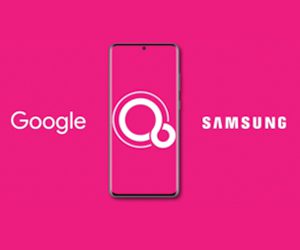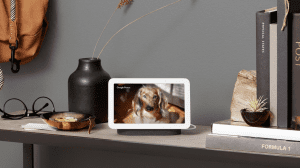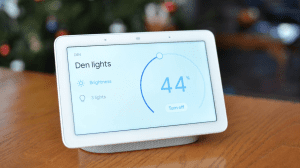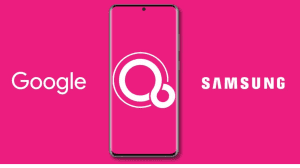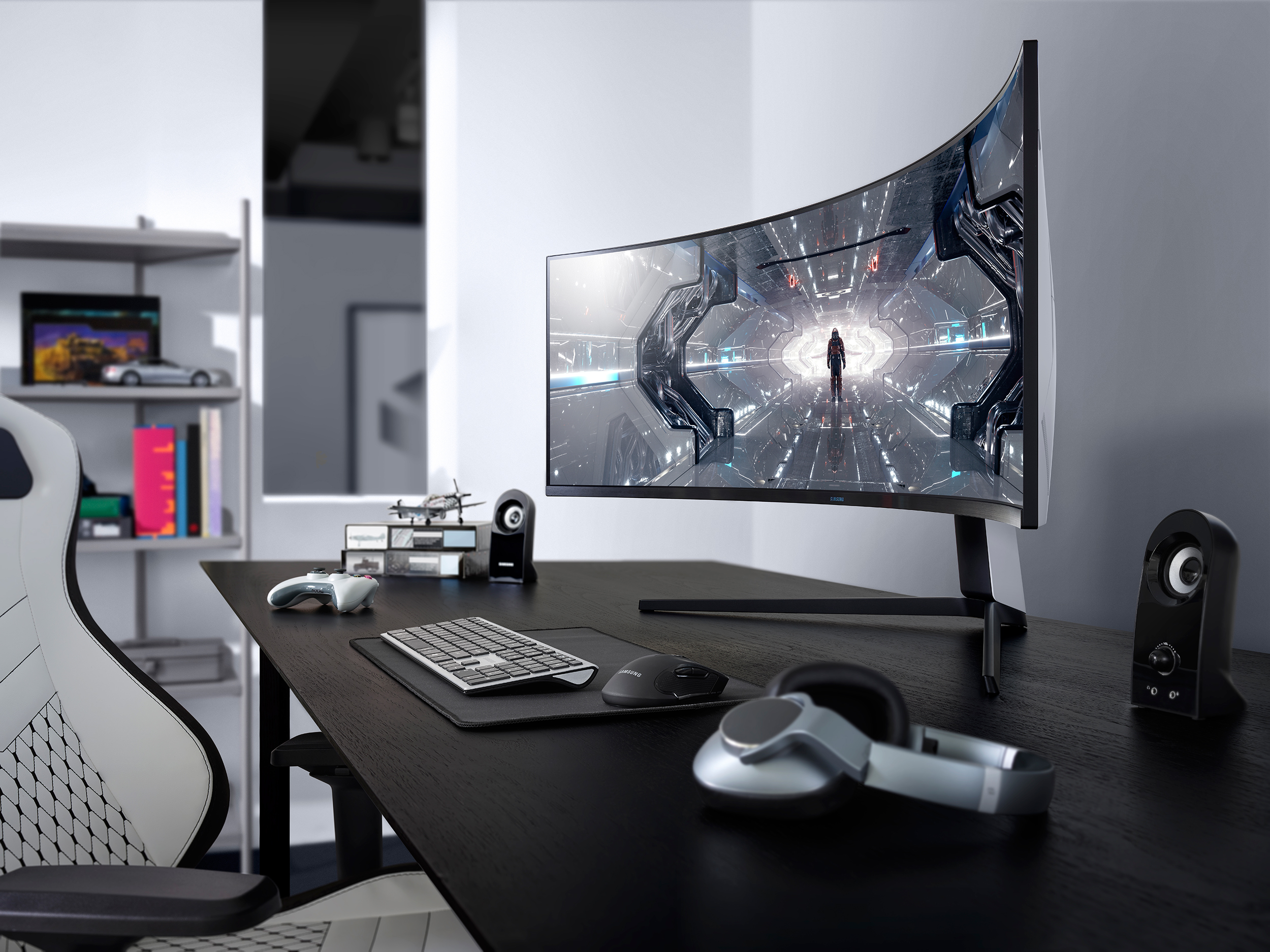After going through different iterations and various ups and downs since its first reveal in 2017, the Google Fuchsia operating system (OS) greeted consumers for the first time in May. It came in the form of an over-the-air firmware update replacing the Cast OS that came with Google’s original Nest Hub devices.
A very discreet project
Even though it’s been a while since Google has brought its fully in-house-developed Fuchsia OS into the consumers ‘hands, they still haven’t made any noise about it. We did not even get a blog post about its release! It goes in line with the just-as-silent development cycle since Fuchsia was first formed.
How does it look?
Not very different! The Google Fuchsia OS on the original Nest Hub looks almost identical to what the original firmware on the device looked like. That is because Fuchsia OS features the same Flutter interface that Cast OS had. Essentially, the new update is a backend overhaul, keeping the same interface as the OS it’s replacing.
Flutter is Google’s open-source framework for building apps that can run on major platforms such as macOS, Windows, Linux, Android, and iOS, natively compiled on a single codebase, allowing developers to put minimal effort into optimizing interface on different-sized devices.
The application of Fuchsia
The Google Fuchsia OS is primarily an Internet of things (IoT) platform, trying to streamline the interconnectedness of IoT-enabled devices.
As exciting as IoT has been, one problem with the platform remains consistent: IoT devices are so decentralized that it makes connecting them to a single platform extremely difficult. Many companies making smart home devices have come up with their own platform that is not necessarily the easiest SDK (Software Development Kit) to work with.
Google Fuchsia aims to alleviate this problem by creating a centralized platform that smart home device manufacturers can use to streamline the user experience for people who buy smart home devices from different brands without having to go through each brand’s proprietary software that may or may not work properly with the user’s preferred smart home management service (Google Home, Apple Home) or voice assistant (Google Assistant, Siri, Alexa).
However, this does not mean that Google is completely ignoring the application of Fuchsia on phones and laptops. There have been iterations of Fuchsia OS that people have been able to run on their phones and laptops. On computers, there is no GUI (Graphics User Interface) and the functionality is severely limited and requires a fair bit of work to even get it running. Even if you can get it running, there is not much you can do aside from using a simple browser and a terminal. But a new OS built from scratch takes a lot of time. On phones, there were demos of an Armadillo UI back in 2017 but that project was canceled in 2018, so its future for phones is up in the air, to say the least.
The future of Google Fuchsia
Fuschia OS still has ways to go. It is not just another Linux flavor* being peddled as a completely new Operating System; it isa completely new Operating System based on a new microkernel** called Zircon. It’s only been in development since 2016 and it’s been a little over a year that people can get their hands on the source code (yes, it is open source).
The future of the Google Fuchsia OS is very vague at this stage. It could end up simply being a platform meant to be used by IoT devices, or it could become something more, with phones, tablets and even computers in mind. For now, Fuchsia OS is just a barebones environment that only the most niche group of developers will have any interest in developing a program for, as well as being a discrete update for the handful of original Google Nest Hubs at use.
All the way back in May of last year, leaks said that Samsung might be adopting Google’s Fuchsia OS in place of Android. Although the adoption is not said to be coming anytime soon and will take at least a few years. Even Huawei was reported by leakers to have been interested in implementing Fuchsia OS into one of their gaming phones as early as 2018. Samsung even contributed to the development of Fuchsia OS by running a Fuchsia Devices team! The future, however, for both companies and their relationship with Fuchsia, remains unclear.
Some expected Google to announce its plans for Fuchsia OS in Google I/O 2021, but that didn’t happen! But we are only a few days away from Google I/O 2022, and we might just be able to anticipate a glimpse of recognition for the Google fuchsia operating system, and possibly, a larger range of devices supporting Google Fuchsia.
* Just like Android is based on the Linux kernel (the most crucial part of the OS, and the core interface between computer hardware and software.), there are many different “distributions”, or flavors, of Linux.
**Compared with a kernel, a microkernel is compact and only performs the basic functions universal to all computers, such as being able to browse the web.
